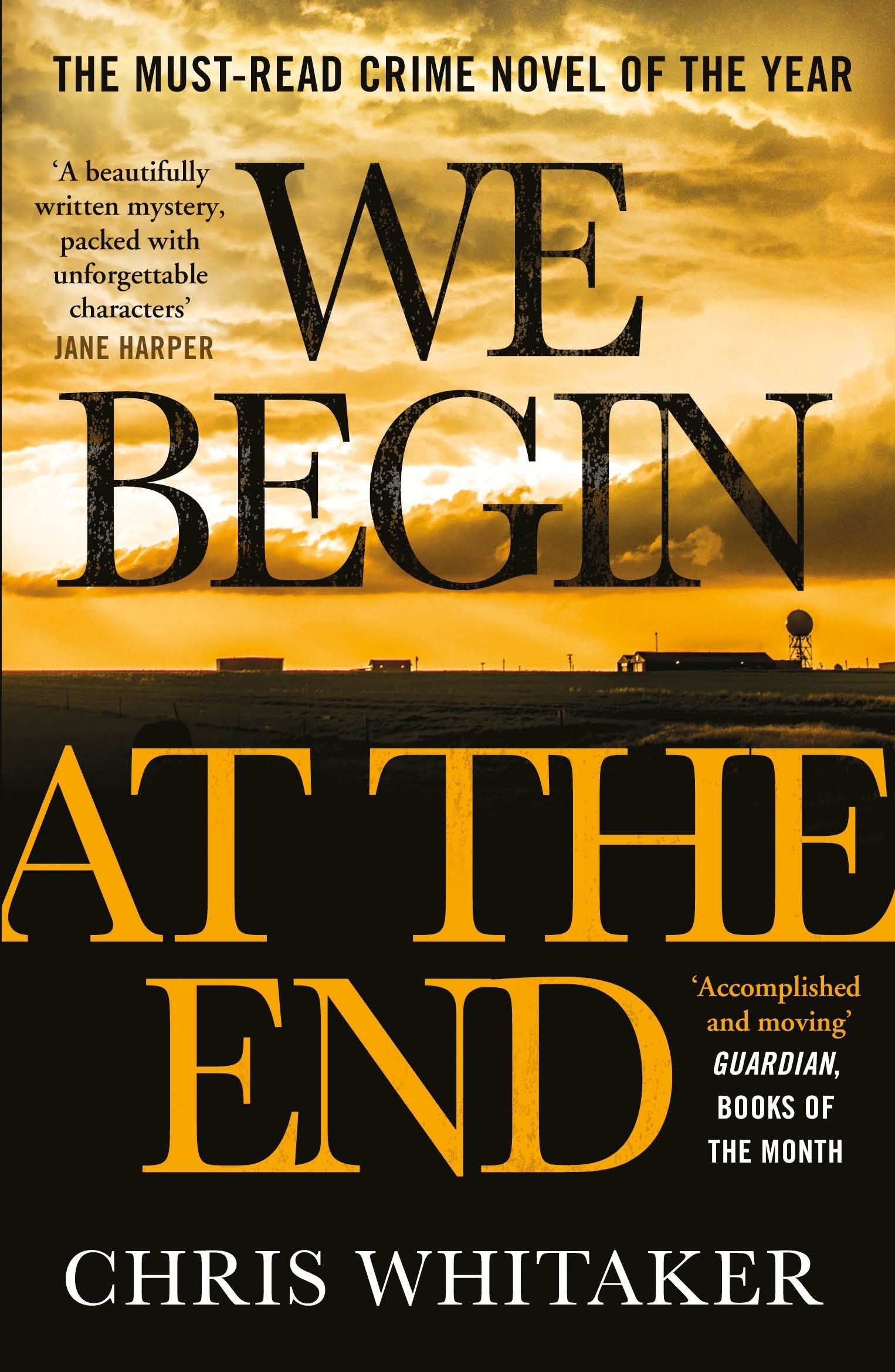Giotto and his works in Padua
Giotto and his works in Padua
By John Ruskin
5 Dec, 2019
Towards the close of the thirteenth century, Enrico Scrovegno, a noble Paduan, purchased, in his native city, the remains of the Roman Amphitheatre or Arena from the family of the Delesmanini, to whom those remains had been granted by the Emperor He
... Read more
Towards the close of the thirteenth century, Enrico Scrovegno, a noble Paduan, purchased, in his native city, the remains of the Roman Amphitheatre or Arena from the family of the Delesmanini, to whom those remains had been granted by the Emperor Henry III. of Germany in 1090. For the power of making this purchase, Scrovegno was in all probability indebted to his father, Reginald, who, for his avarice, is placed by Dante in the seventh circle of the Inferno, and regarded apparently as the chief of the usurers there, since he is the only one who addresses Dante.The son, having possessed himself of the Roman ruin, or of the site which it had occupied, built himself a fortified palace upon the ground, and a chapel dedicated to the Annunciate Virgin. Less



